Stop Drawer Chaos: Make a Caramelized Fig Grilled Cheese in 25 Minutes
Difficulty: Novice
Time: 25 minutes
Cost: ~$8
Why You'll Like This
Got 25 minutes and a craving for cozy, melty comfort that tastes like fall? This caramelized fig grilled cheese turns a simple sandwich into something you want to linger over. No fancy gear. No scavenger hunt for ingredients. Just bread, cheese, and figs doing their thing.
Fresh figs peak from August through October (Yahoo), which makes right now the sweet spot for this combo people call a match made in heaven. Think toasty edges, silky fruit, sharp cheddar. One bite and you get it.
You are pulling restaurant-level flavor out of everyday tools. A hot pan, ripe fruit, a little patience.
What You'll Need
Materials
2 fresh figs (any variety in season)
4 slices sourdough bread (or hearty whole grain)
4-6 slices sharp cheddar or aged white cheddar
2 tablespoons butter (divided)
1 teaspoon cooking oil (optional, for fig caramelizing)
Tools
Non-stick skillet or cast iron pan
Spatula (silicone for non-stick surfaces)
Sharp knife for slicing figs
Safety First
Keep the heat at medium so the bread browns while the cheese actually melts
Use a silicone spatula on non-stick to avoid scratches
Mind the hot pan when you flip, slow and steady wins here
Steps
Prep your figs first. Wash and slice 2 figs in half lengthwise. Heat a dry pan over medium heat and place fig halves cut side down. Cook for 2 to 3 minutes until the cut surface turns golden and the natural sugars start to caramelize.
Visual cue: golden brown on the cut side, not black.
Listen for: a gentle sizzle, not smoke.
Flip and finish the figs. Turn the halves over and cook another 1 to 2 minutes until soft and pliable throughout. Remove from heat and set aside.
Tip: they should yield slightly when pressed but still hold shape.
Butter your bread. Spread butter evenly on one side of each slice, edge to edge for even browning (Our Love Language is Food).
Layer your sandwich. Lay one slice butter side down in the pan. Add a layer of cheese, arrange the caramelized figs on top, then the remaining cheese. Cap with the second slice, butter side up.
Cook the first side. Keep it at medium for 3 to 4 minutes until the bottom is golden brown. Pop on a lid to help the cheese melt evenly (Our Love Language is Food).
If this happens: bread is browning too fast, lower the heat a touch.
Flip and finish. Slide the spatula under the sandwich, press gently, and flip in one confident motion. Cook the other side 2 to 3 minutes until golden and the cheese is fully melted. Slice diagonally and serve hot.
Cleanup & Disposal
While the pan is still warm, wipe out caramelized bits with a paper towel
Store leftover figs in the fridge for up to 3 days
Compost fig stems and any unused portions
Troubleshooting
Figs getting mushy while caramelizing, use slightly firmer figs and shave a minute off the cook
Cheese not melting before bread burns, lower the heat and use a lid to trap steam
Sandwich falling apart when flipping, press gently with the spatula first, then flip quickly and with intent
Variations & Upgrades
Budget option: use regular sharp cheddar instead of aged varieties
Seasonal twist: try thinly sliced apples when figs are not around, Honeycrisp or Granny Smith work well (Our Love Language is Food)
Gourmet upgrade: add thin slices of prosciutto or swap in Brie for half the cheddar
Herb enhancement: sprinkle fresh thyme leaves between cheese layers (Our Love Language is Food)
The Science Behind This Perfect Pairing
Once figs hit that medium hot pan, the Maillard reaction typically proceeds rapidly around 285–330°F (140–165°C). Sugars and proteins transform, creating hundreds of new flavor compounds. That is why caramelized figs taste deeper and smell headier than raw ones.
Aged cheddar brings sharp, nutty character and those tiny crystalline calcium lactate deposits. Figs offer fruity, wine like notes from natural esters (Yahoo). Together, the flavors do not just sit side by side, they make each other louder.
Texture seals the deal. Caramelizing turns firm fresh figs into something almost jam like (Yahoo), little pockets of concentrated sweetness that meld into the cheese. The cheddar keeps some pleasant crystalline pop, a tiny crunch against the ooze.
You are basically making fresh fig jam in real time, tuned to your taste. No added pectin, no extra sugar, just moisture cooking off and flavor concentrating. The sweetness stays complex instead of cloying, which lets the sharp cheese stand tall without overpowering the fruit.




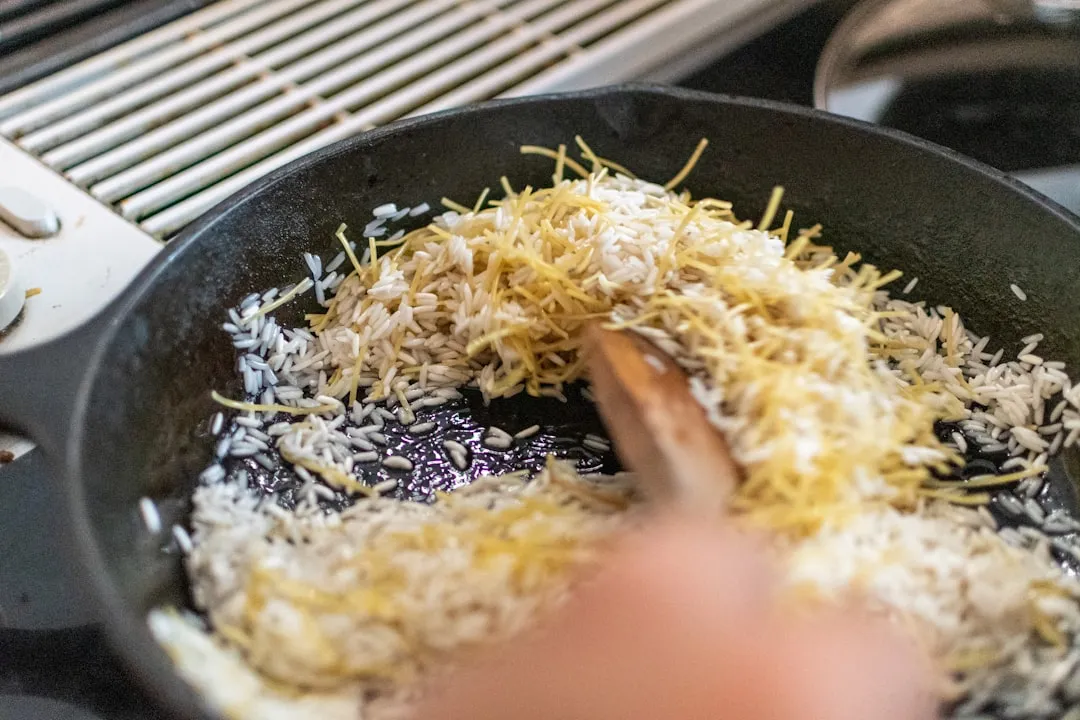


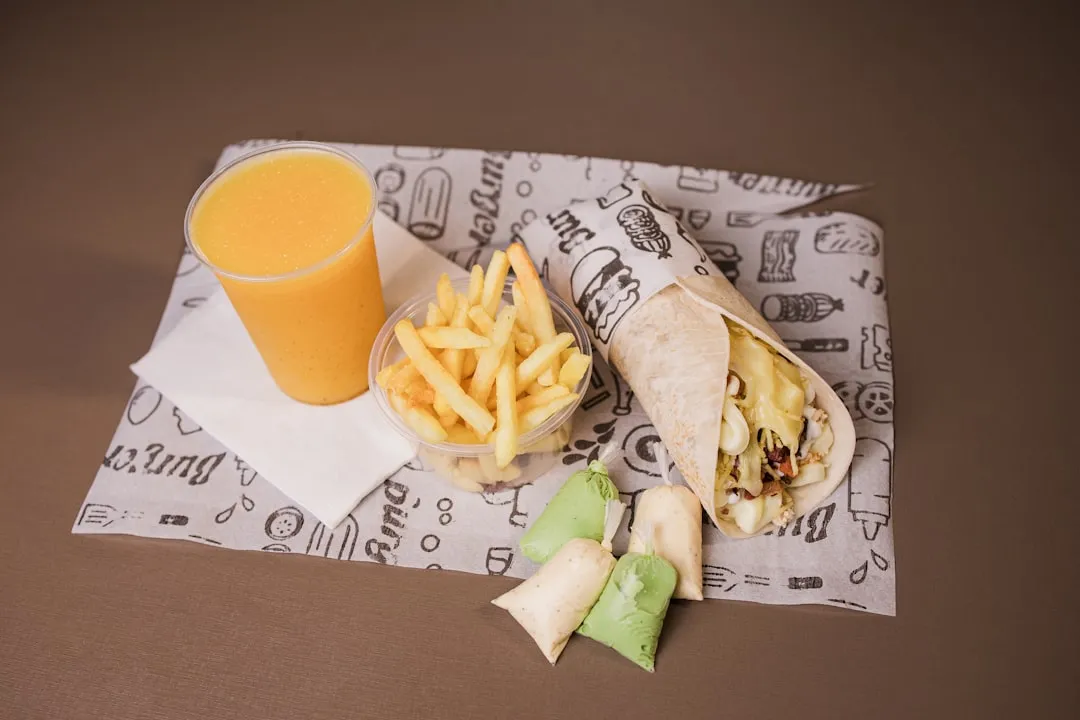

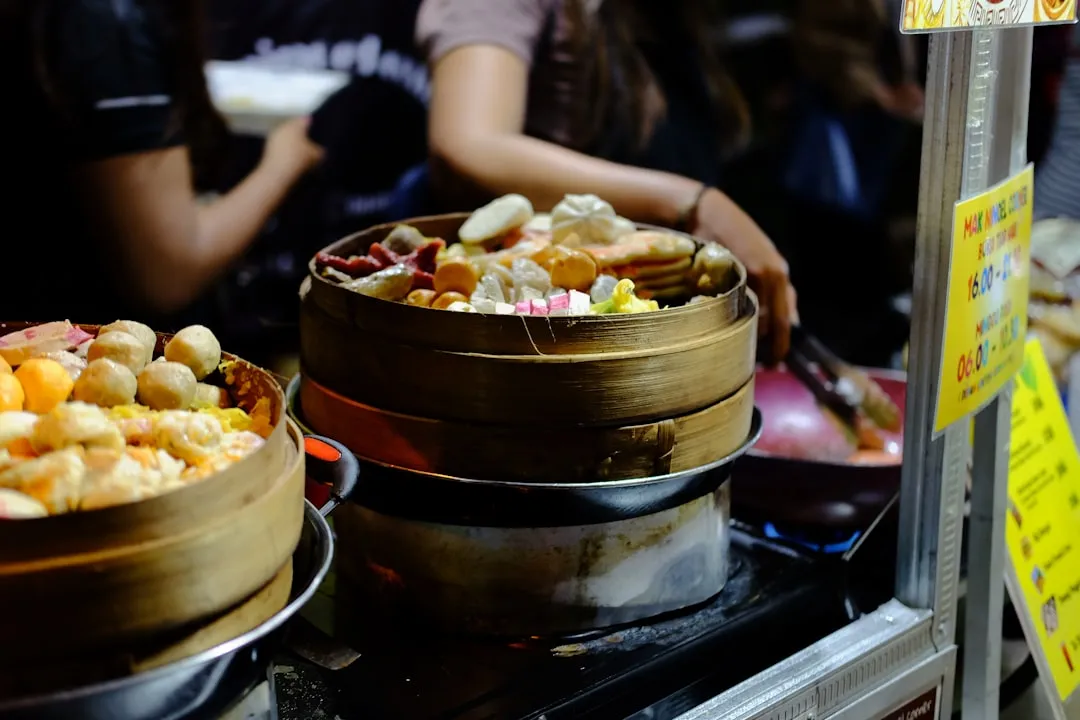


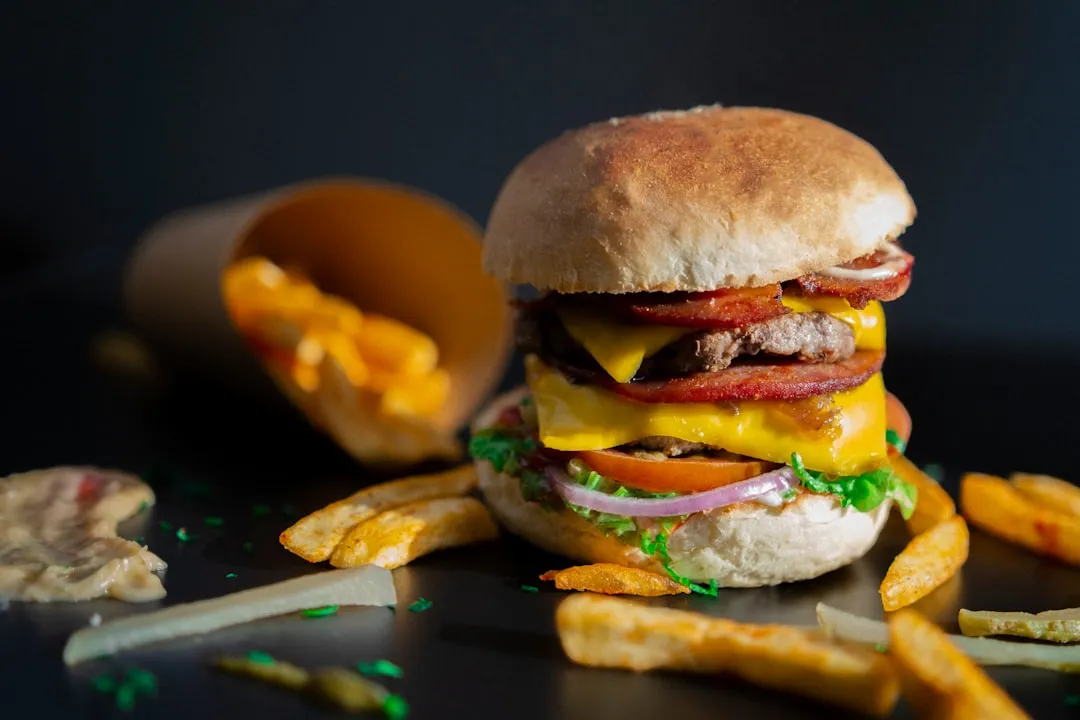
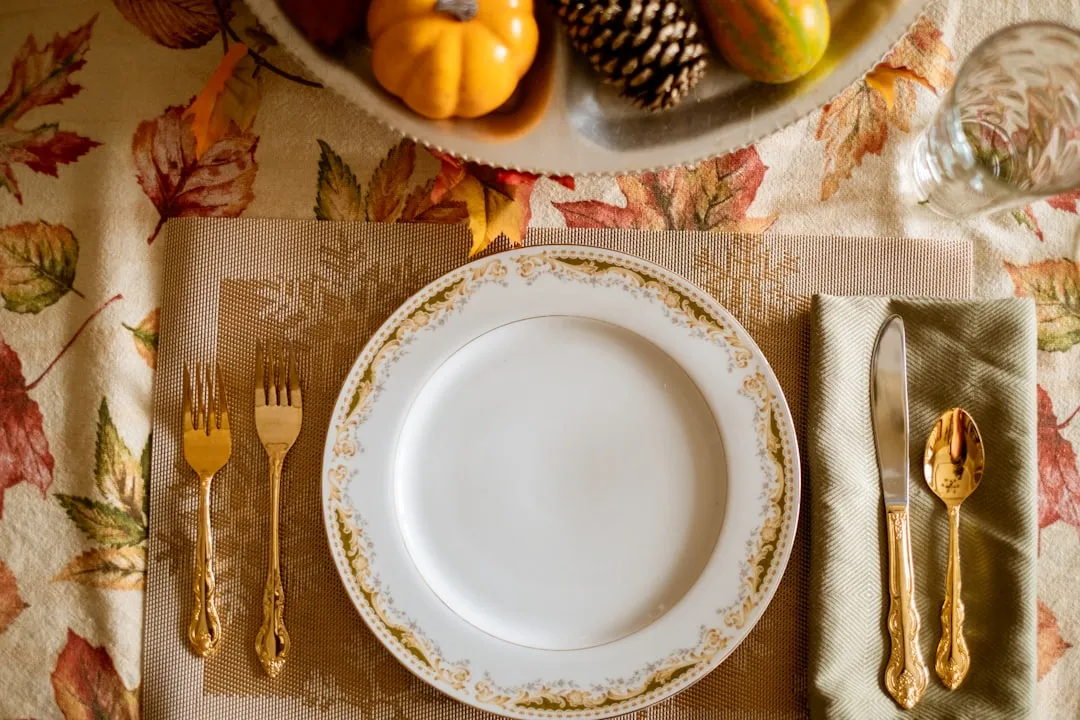

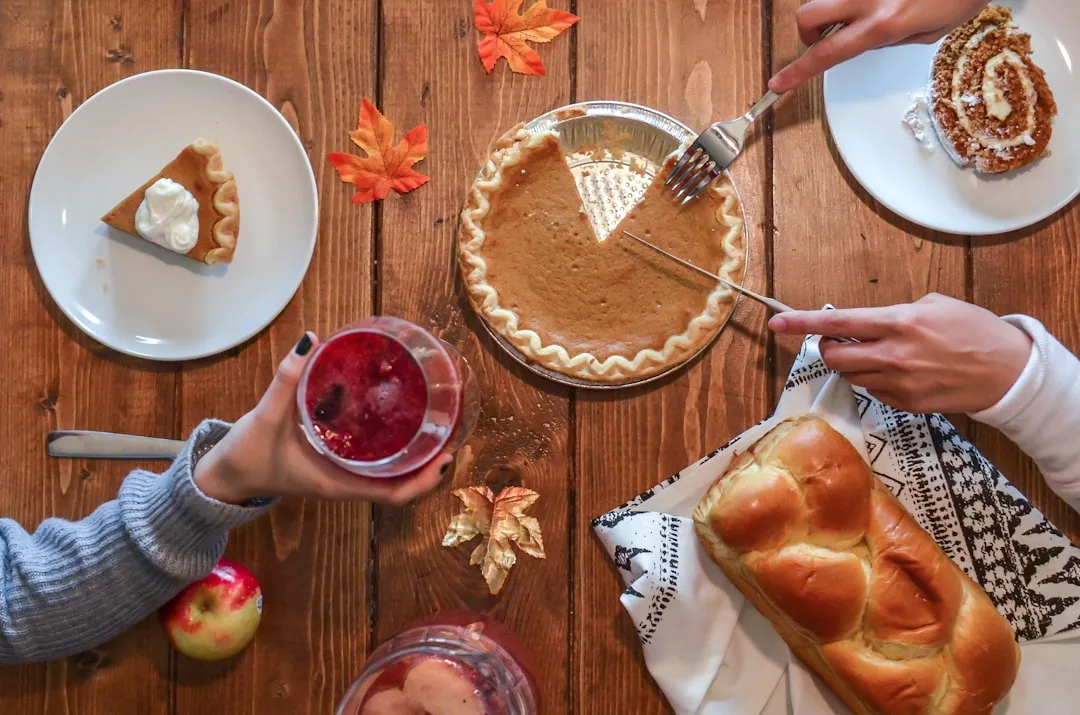





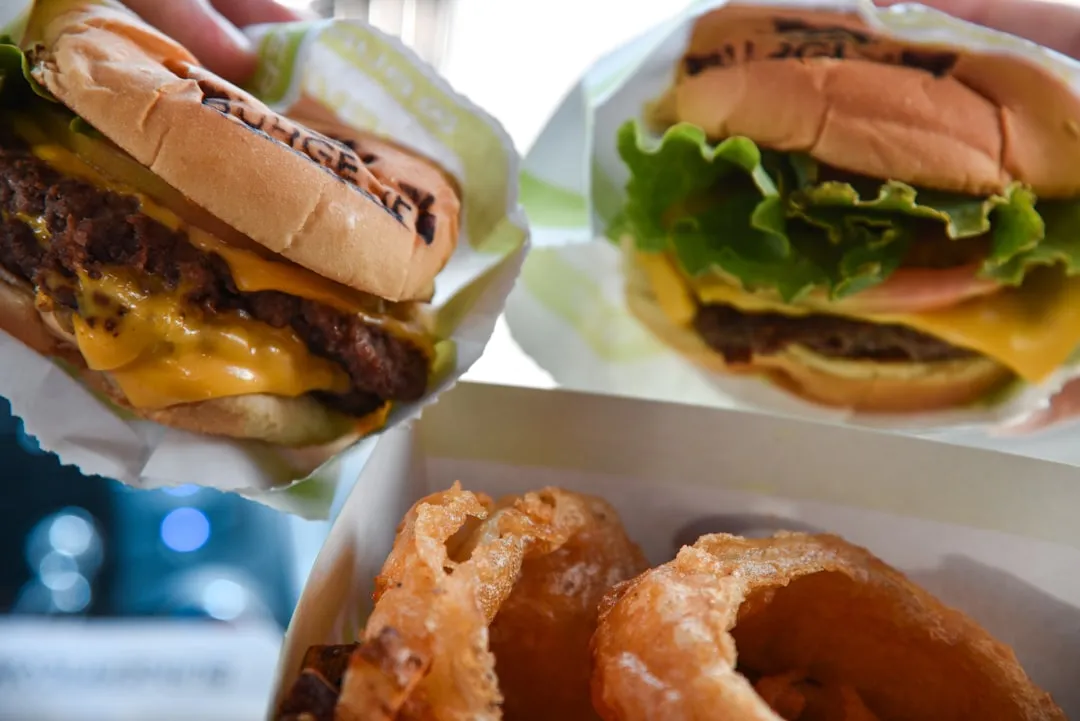
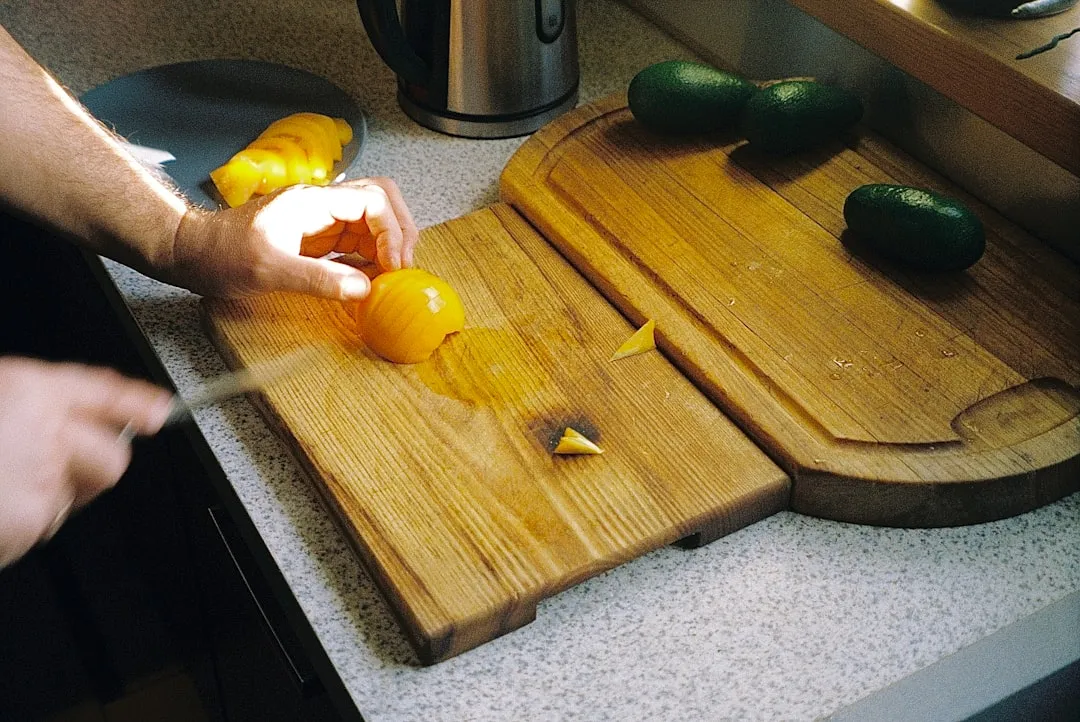

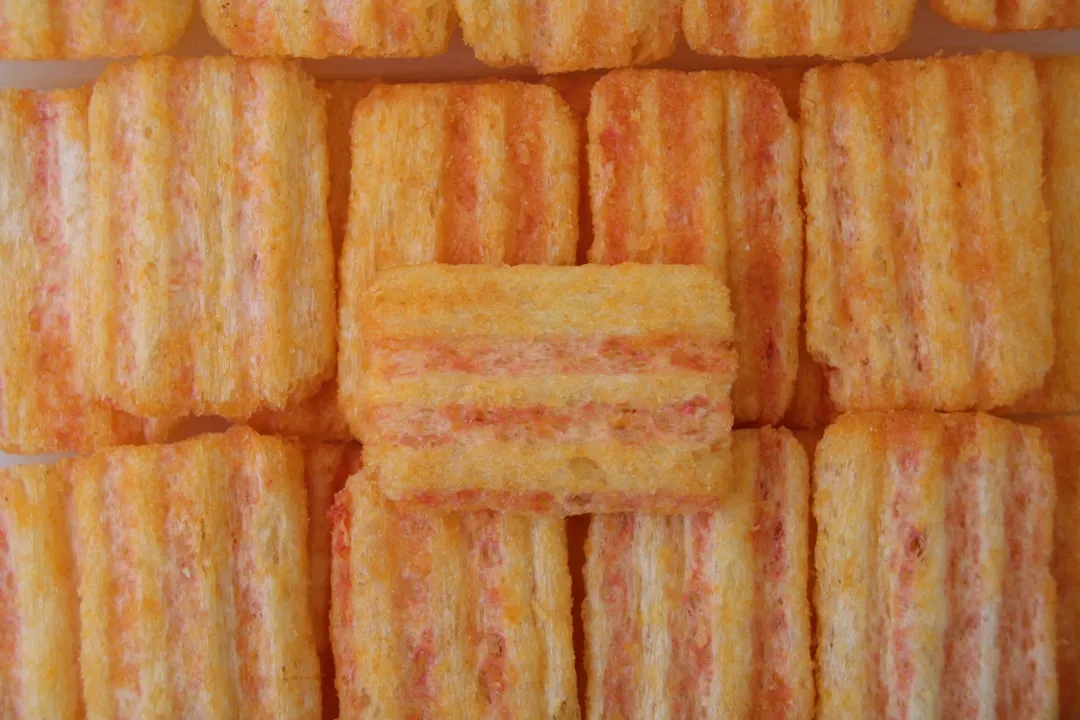
Comments
Be the first, drop a comment!